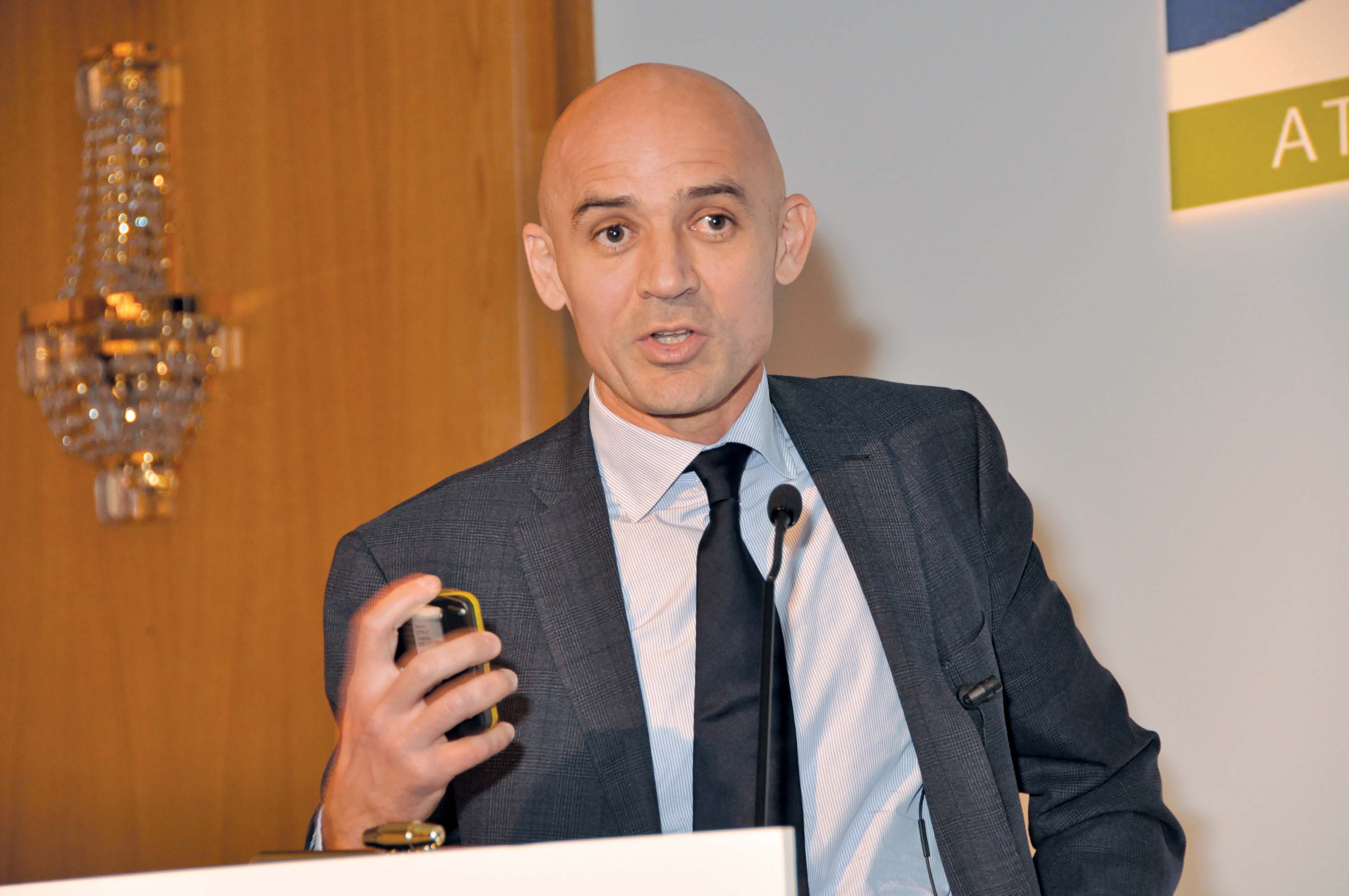
Tolling may be the way forward for paying for the roads of the future - but where will concessionaires find the money and do they need funding or financing?
Increasingly, governments around the world are concluding that they can no longer pay for new roads and are turning to the private sector for help. This can be in the form of a Public Finance Initiative (PFI), a Public Private Partnership (PPP) or some other variant. But the catchy acronyms and sound bites politicians like to use can mask a quagmire of ill-defined thinking and lead to the use of inappropriate schemes which impose unexpected undertakings and obligations that may be ill-suited to the project in hand.
According to Stephen Glaister, emeritus professor of transport and infrastructure at Imperial College London and director of the UK’s
“Funding is who pays in the end - in the case of a tolling concession this is the road user. On the other hand, financing is who lends the capital in order to get the road, bridge or tunnel built in the first place. In order to lend the money, the banks or financing companies have to be confident that the capital will be repaid along with the interest accrued, within the period of the concession.”
According to the professor the understanding of the difference between funding and finance is becoming more widespread but the terms are still confused in much of the commentary surrounding major projects.
“In the UK, the Blair government built a number of hospitals relatively quickly using PFI but, contrary to much of the rhetoric at the time, the private sector did not pay for the hospitals - they financed them. The private sector did lend the money but those investors need paying back - with interest - over a thirty-year period, so British taxpayers will face a pile of annual bills for decades to come.”
He says such confusion exists globally and in many areas the authorities are still adopting PFI models without being entirely clear or open about who will pay in the end. “Ultimately governments have to decide if roads are to be funded by motorists and commercial vehicles - the ‘user pays’ principal - or from general taxation.
“With road building the PFI model is fine provided the road is to be tolled (either directly or by means of ’shadow tolls’ paid by government) to produce funding against which it is possible to raise finance. But unless there is a mechanism to produce funding, the PFI route will produce results quickly but is not financially advantageous over the longer term.”
At the recent
He highlighted the division of European countries where the likes of Spain, Portugal, France, Ireland, Greece and Italy have what he calls a ‘tolling culture’ and motorists are accustomed to paying to use the road. Conversely, in the UK, Belgium and the Netherlands motorists are not in the habit of paying to use the roads.
“What is interesting is that the countries with a ‘tolling culture’ have been the ones very seriously impacted by the financial, economic and sovereign debt crisis and many of the toll road projects financed in the last 10 years have gone wrong. More projects have gone wrong in the toll road sector than any other sector and much of this is due to overoptimistic traffic projections, cost unpredictability, too aggressive debt/equity ratios and uncertainty regarding competing infrastructures,” he said.
The Basle III regulations introduced in the wake of the financial crisis requires banks to hold more capital (effectively meaning cutting back on lending) and reducing their risk-taking. And with the tolling sector having such a poor recent history, commercial banks are unlikely to be rushing to offer concessionaires project funding. “If they do it will be expensive, on very demanding terms and for relatively short periods,” said Chetrit. He predicts that raising financing for greenfield toll roads will remain a challenge for many years to come and believes institutional investors such as pension funds are more likely to be the source of future funding.
Professor Glaister agrees saying: “If you have the correct funding arrangements in place then roads are a very good asset for pension funds to invest in because they have the right kind of asset life - in other words very long. And unless there are major changes in policy around the world, then the growth in demand for roads is one of the certainties in life - so of all the assets you might invest in, this is one of the better ones.”
Despite his enthusiasm he stresses that both the governance and charging arrangements must be correct for the road to perform financially and that the likes of pension funds may not be able to carry the full risk of any failure. That potential for failure can be mitigated to some degree by contractual agreements with the relevant authority regarding the development of competing infrastructure. He points to the UK’s only toll road concession, the Birmingham Northern Relief Road, as an example: “One of the problems it faces is that after the toll road opened, the government greatly improved the existing, M6 motorway. So much of the traffic which might have used the toll road stays on the upgraded free-to-use M6.”
In areas with a high density of roads, drivers have many alternative routes they can take to their destination and so can easily avoid tolled roads. “The only real answer is to charge a network and not a single road and there is a debate to be had about how you achieve that. Governments across the globe are already considering alternative methods of raising revenue because vehicles have become more efficient and therefore fuel duty is declining.”
As it is the wealthier among the population that can afford to buy the new and more fuel efficient vehicles, fuel duty is rapidly becoming viewed as a regressive tax - giving additional impetus to the political will to find a replacement.
“The big prize is to get to a ‘pay as you go’ system and it is likely this will be tied in with motor insurance because the industry is moving quite rapidly in that direction,” adds Professor Glaister.
Long-term
Even projects that start out as being economically sound can be blown off course by external factors such as the global economic turmoil, the Eurozone crisis and sovereign debt. The fallout of such events can render the long-term forecasting and planning required for major infrastructure projects such as motorways as wildly inaccurate. While the variable traffic volumes are a risk concessionaires may have to carry , they should ensure reasonable recourse to alterations in the contract partway through the concession period to reflect changes created by the national or regional authority. Recently many such changes have been introduced to counter economic downturns or promote employment in particular regions and can also be used to encourage less polluting vehicles or influence traffic flows for safety and/or political reasons.
One example where this has been successfully achieved is in addressing government-required changes affecting the concession on 150km of the Autopista de la Mediterrania running from Videres in Spain northwards to the French border. It is managed by
In this case an agreement was reached with Spain’s government to halve the cost of the tolls for trucks with four or more axles making short trips, and to reduce by 35% the charge for heavy trucks travelling longer distances. In return, the government agreed to ban trucks with four or more axles from using the local roads. This forced the trucks to use the tolled route which not only improved the situation on the local road but also compensated the concessionaire.
Bonet concluded by saying: “Mature concessions are alive and need to be reinvented to fulfil stakeholders objectives,” adding that any alterations to the contractual arrangements need to be win-win agreements that can be quickly put in place to promote mobility and satisfy local requirements.













